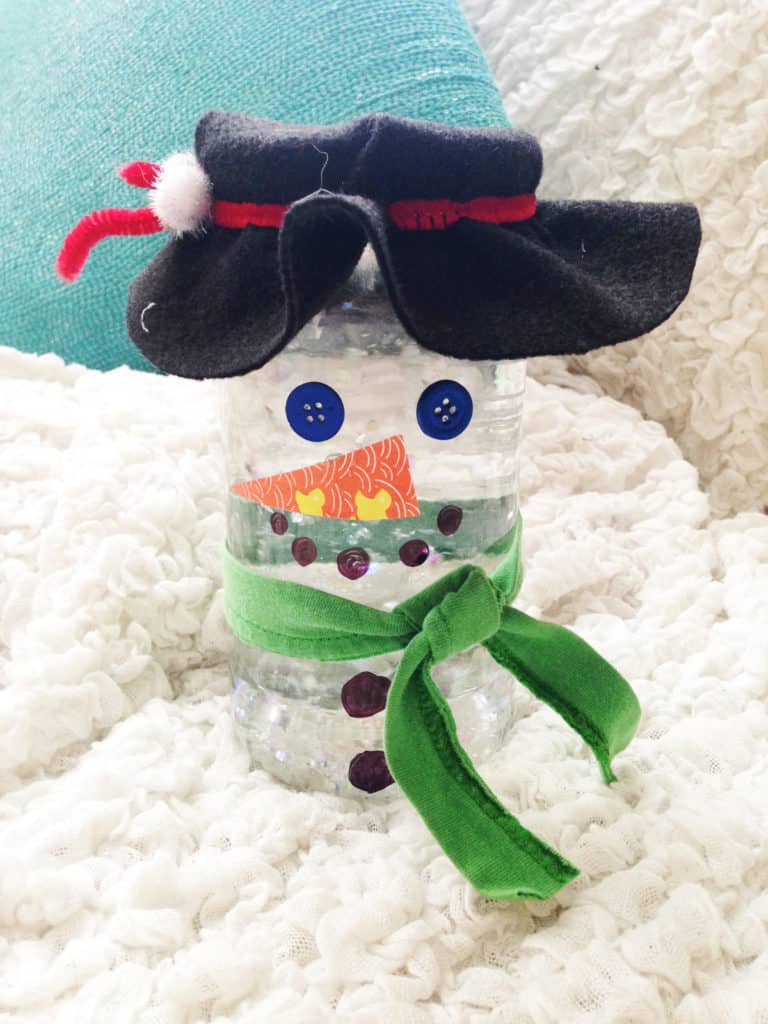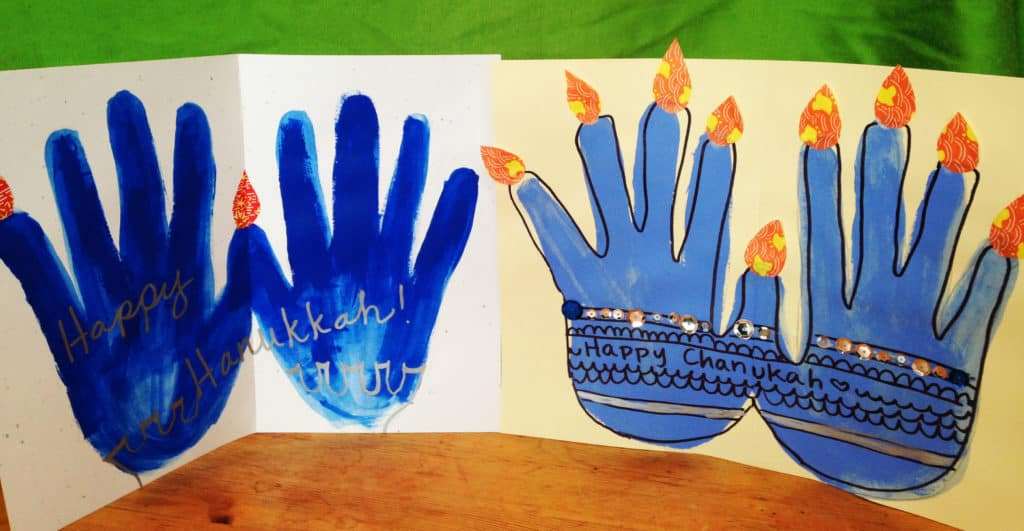These cookies make a great base for decorating. If you go with the chilled dough method, you can use cookie cutters to cut them into fun shapes, but unlike a lot of recipes, this dough can be baked immediately, without chilling first.

Easy-Peasy Sugar Cookies
Optional: Add 1/2 tsp additional extract for flavor, like mint, almond, coconut, or lemon.
Optional: Use a few drops of food coloring to make brightly-colored cookies (separate into four parts with two drops color each and make rainbow cookies!)
Optional: use only vanilla extract in the dough and roll the cookie balls in a mixture of 2T sugar and 1tsp cinnamon before baking to make snicker-doodles.
Basic Sugar Cookie Glaze
- 1 c powdered sugar
- 3 T milk, almond milk, water, or juice
- 1 tsp extract of choice
- food coloring – optional
*If you are using gluten-free flour without any binding agents, you will need 1/2 tsp of xanthan gum or 1 tsp guar gum.
Instructions – Cookies
- Preheat oven to 375 degrees F (190 degrees C).
- In a small bowl, combine flour, baking soda, and baking powder.
- In a large bowl, cream the butter and sugar. Beat in the egg and flavor extracts once the butter and sugar mix is smooth and fluffy.
- Blend in the dry ingredients a little at a time (in three parts).
- If you want to cut the cookies perfectly round, you can roll the dough into a cylinder shape, wrap in plastic, and refrigerate for an hour before slicing with a sharp knife. You can alternately use the dough right away if you don’t mind imperfect edges. Use a teaspoon and to make rounded scoops of dough, then roll them into balls and place them 2″ apart directly onto no-stick cookie sheets or silicon liners.
- Bake 8 to 10 minutes, or until golden around the edges.
- Leave on the cookie sheet two minutes before removing with a spatula to wire racks or a big plate where the cookies can stay flat until completely cool.
Instructions: Glaze
Mix everything together with a fork until all lumps are gone and mix is shiny. Glaze cookies only after they’re completely cool.












 Supplies:
Supplies:


